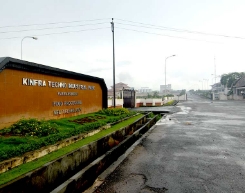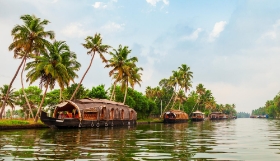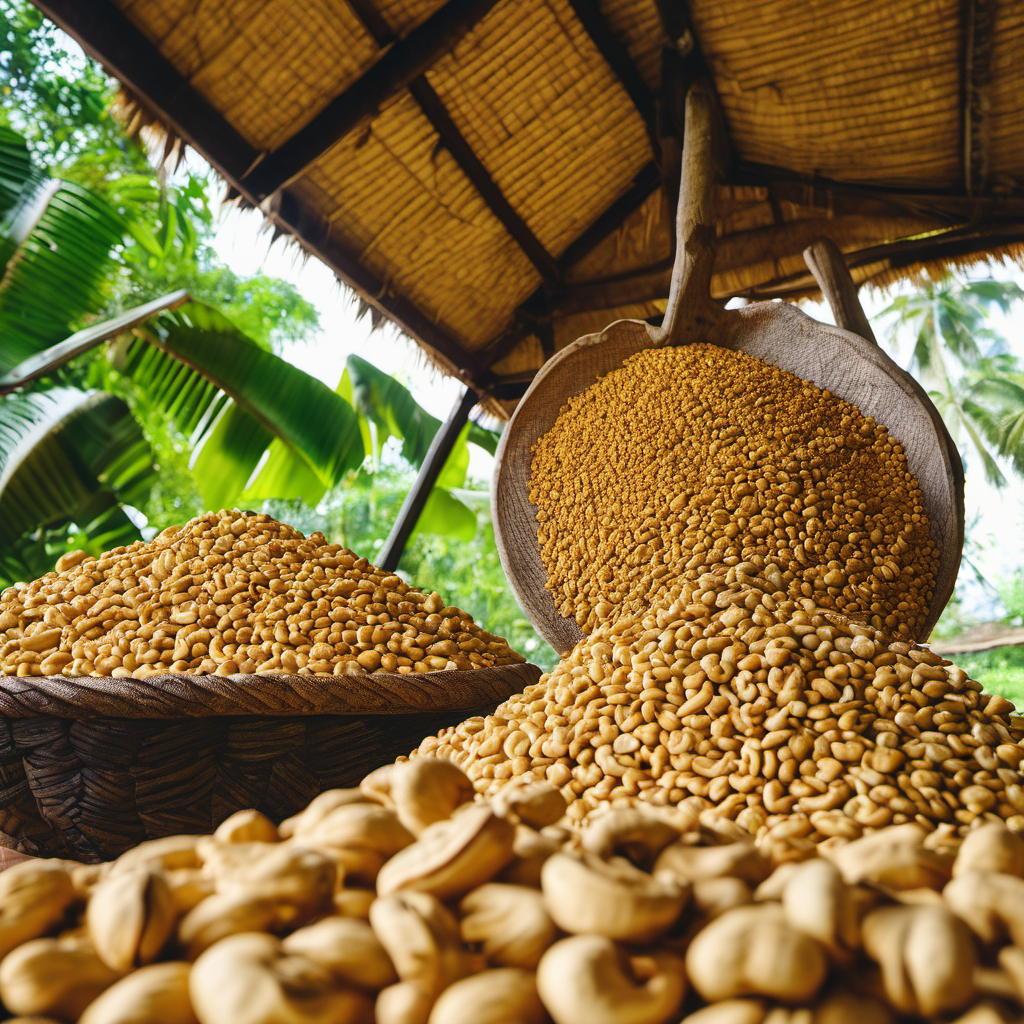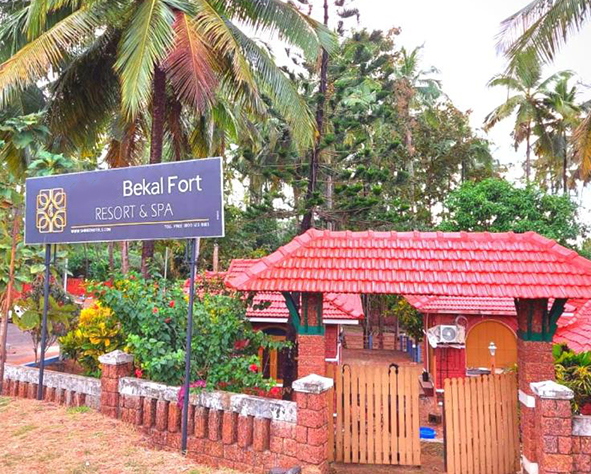Factors driving Kochi’s development
▪ Excellent connectivity within state, nationally as well as internationally
▪ Large Non-resident Keralite population particularly in the Gulf countries
▪ Major existing & upcoming infrastructure initiatives
▪ Stable political situation & pleasant climate
▪ Rapid urbanization & availability of talent
▪ Strong telecommunication and broadband infrastructure
Market Landscape
• Kochi (also known as Cochin), part of the Ernakulum district, is a dynamic city situated in the South-West coast of India. The city is located in between the Arabian Sea in the East and the Western Ghats in the West. It is the largest urban agglomeration and the second largest city in the State of Kerala - after the capital city of Thiruvananthapuram. Post Kerala state’s formation in 1956, Kochi emerged as the commercial and industrial capital of the State. The city
comes under the Greater Cochin Development Authority (GCDA) and consists of one of the 12 major ports of India.
• The development of the International Container Transshipment Terminal (ICTT) at Vallarpadam has enhanced the city’s prominence as a maritime and logistics hub. It is very well-connected to other parts of the country by road, rail, sea and air transport. A few of the prominent national highways passing through the city include NH-17 (to Mumbai),NH-47 (to Coimbatore) and NH-49 (to Madurai). Kochi International Airport at Nedumbassery (the first international
airport developed through public-private partnership model in India) connects the city to various national and international destinations (such as Dubai, Doha, Colombo, Abu Dhabi, Malaysia and Singapore) ensuring sizeable inflow of foreign and domestic tourists.
• Kochi city provides many advantages for industries such as ease of transportation by road, rail, low cost backwater transport, Cochin Port, International Container Transshipment Terminal (ICTT). Specific infrastructure to promote business and industrial clusters have been developed like Cochin Special Economic Zone and Kalamassery Industrial Area.
• Heavy traffic congestion has necessitated the development of a metro rail system in Kochi. Buses are currently the major public transportation system in Kochi. The new metro system will reduce traffic congestion, while providing safe and rapid transportation to commuters. It will also reduce pollution and noise levels, as well as congestion on city roads. The project will create employment opportunities for the local people.
• Private investments in the public transport sector, too, are hindered by regulations forbidding them to provide flexible transport services (FTS).
• The State Government launched the ‘Information Technology Policy 2012’ which provided a slew of incentives for setting up IT offices such as industrial status to IT, single window clearance, high FAINR of up to 5 for IT buildings and lower power costs. Meanwhile, occupancy costs were ever increasing in other southern cities. Thus, the first dominos to bring private sector investment started making their entry in the city.
• The city of Kochi has witnessed rapid growth over the past few years owing to the development of the IT/ITeS industry along the micro markets located towards the western region such as Kakkanad, Vazhakkala, Edachira, etc. In order to meet the requirements of the expanding city limits, a lot of physical, social and urban infrastructure projects have been planned and they are in various stages of implementation.
• In consonance with growth of other major cities in the country, Kochi has witnessed significant activity in the IT/ ITeS sector over the past decade. The state government has played a pivotal role in promoting the IT sector by establishing technology parks in Thiruvananthapuram (Technopark) in 1990, Kochi (Infopark) in 2004 and Calicut (Cyber Park) in 2016. Further, to promote private sector participation, the government has been constantly reviewing the state level IT and industrial policy, which has led to the development of large scale private/public IT/SEZ developments such as KINFRA, Smart city, INKEL and Cyber City
Governance and due diligence
The entity shall ensure transparency, accountability and standards of fair dealing and ethics for attaining its objective of providing a safe, reliable, efficient, viable and customer-friendly entertainment center for city of Kochi. KMRL pursues the highest standards of ethics and maintains core values of integrity and trust in all the arena in which it operates. In the performance of its functions, KMRL is guided by the CVC guidelines, the Articles of Association (AoA) of the Company, the provisions of the Companies Act 2013, applicable accounting standards, regulations prescribed by authorities like the C&AG, provisions of the Right to Information Act 2005 and Rules made thereunder. In addition, all the applicable statutes governing
the functioning of the organization in respect of safety, health, environment, welfare of the employees and those engaged through contractors, provision for fair compensation, rehabilitation and resettlement of project affected persons etc., are appropriately complied with.
Exit Strategy
The Investor entering the HoldCo can exit through the floating of HoldCo into a listed entity or creation of InvIT, based on the valuation of HoldCo and the underlying SPVs at the time of exit after a minimum holding period of 10 years. The value of the underlying business of Kochi Metro Rail Ltd as well as the real estate infrastructure would be the basis of such valuation.



























